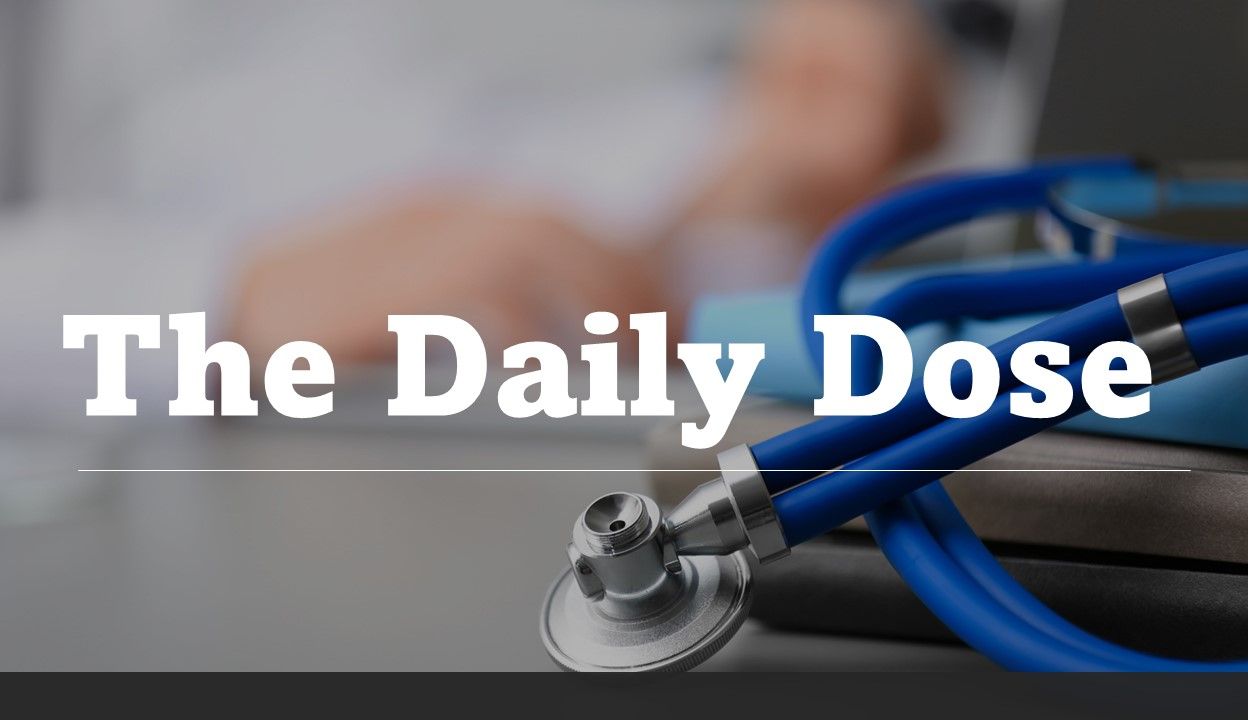- Clinical Technology
- Adult Immunization
- Hepatology
- Pediatric Immunization
- Screening
- Psychiatry
- Allergy
- Women's Health
- Cardiology
- Pediatrics
- Dermatology
- Endocrinology
- Pain Management
- Gastroenterology
- Infectious Disease
- Obesity Medicine
- Rheumatology
- Nephrology
- Neurology
- Pulmonology
New Data Highlight Significant Challenges to Managing CAH: Daily Dose
©New Africa/AdobeStock

Patient Care brings primary care clinicians a lot of medical news every day—it’s easy to miss an important study. The Daily Dose provides a concise summary of one of the website's leading stories you may not have seen.
On July 15, 2025, we reported on a new analysis presented at the ENDO 2025 annual meeting that examined patterns of glucocorticoid (GC) use and androstenedione (A4) levels over time in children and adults with classic congenital adrenal hyperplasia (CAH) in the US.
The study
Investigators evaluated real-world data from 98 patients enrolled in the CAHtalog registry, including 37 adults, 42 children and adolescents, and 19 individuals who contributed data in both pediatric and adult stages. The analysis focused on GC treatment patterns and paired androstenedione (A4) levels collected prior to the commercial availability of crinecerfont.
GC doses were categorized as higher or lower, based on hydrocortisone equivalents (HCe): for pediatric patients, doses >11 mg/m²/day were considered higher, and ≤11 mg/m²/day were considered lower; for adults, the cutoff was >20 mg/day for higher and ≤20 mg/day for lower. A4 levels were categorized as higher if they were at or above the upper limit of normal (ULN) and lower if they were below the ULN.
Combining these classifications resulted in the following 4 health states:
Optimal control (lower GC/lower A4)
Undertreatment (lower GC/higher A4)
Overtreatment (higher GC/lower A4)
Poor control (higher GC/higher A4)
The findings
Among the 63 participants eligible for the longitudinal health state transition analysis, 88.9% experienced at least 1 change in health state, and 58.7% underwent 3 or more changes during the observation period. Nearly all participants (95.2%) entered a suboptimal health state at least once, characterized by elevated A4 levels and/or supraphysiologic GC dosing. These transitions occurred across a broad age range (aged 0–67 years).
Although some participants achieved a state of hormonal control with lower GC exposure, these episodes were typically transient. Frequent shifts in treatment intensity and androgen control were observed throughout the patient population, reported investigators.
Related Content
Obesity Linked to Faster Alzheimer Disease Progression in Longitudinal Blood Biomarker Analysis
December 2nd 2025Article
Biomarker trajectories over 5 years in study participants with AD show steeper rises in pTau217, NfL, and amyloid burden among those with obesity, highlighting risk factor relevance.
